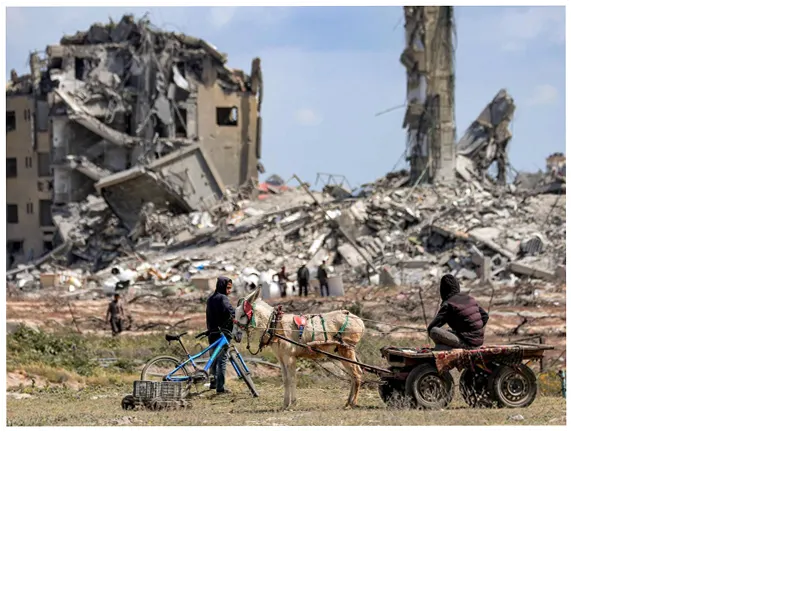The Scale of Destruction in Gaza
The ongoing conflict in the Gaza Strip has led to an unprecedented scale of destruction, with an estimated 40 million tons of rubble now littering the landscape. Palestinian Minister of Public Works and Housing, Ahed Faiq Bseiso, highlighted the immense challenges faced in the aftermath, including the presence of unexploded bombs and the tragic reality of bodies still trapped beneath the debris. The need for effective rubble removal is not just a logistical challenge but a crucial step towards rebuilding the lives of the people affected.
Addressing the Humanitarian Crisis
The humanitarian crisis in Gaza has escalated dramatically since the conflict began on October 7, with reports indicating over 132,000 casualties, including many women and children. Bseiso's ministry is developing comprehensive plans for the removal of rubble, which includes a digital inventory system to assess the damage and assist those affected. The minister emphasized that the removal process must consider the humanitarian aspects, including the recovery of personal belongings and the identification of missing persons.
Future Plans for Rebuilding
Looking ahead, there are plans to establish 280 new communities to accommodate the displaced population if hostilities cease. Each community is designed to house between 2,000 and 4,000 people, offering a glimmer of hope for those who have lost everything. The United Nations Development Programme has pledged support, acknowledging that this time, the challenges are unique due to the presence of unexploded ordnance and the need for sensitive handling of the recovery process.
- The ongoing conflict has not only caused physical destruction but has also resulted in a severe humanitarian crisis. The international community has expressed concerns over the situation, with calls for an immediate ceasefire. However, the Israeli government continues its military operations, disregarding international pleas. The presence of unexploded missiles complicates the recovery efforts, making the process of rubble removal both dangerous and challenging. The psychological toll on the population is immense, as many are still mourning the loss of their loved ones and grappling with the uncertainty of their future.






